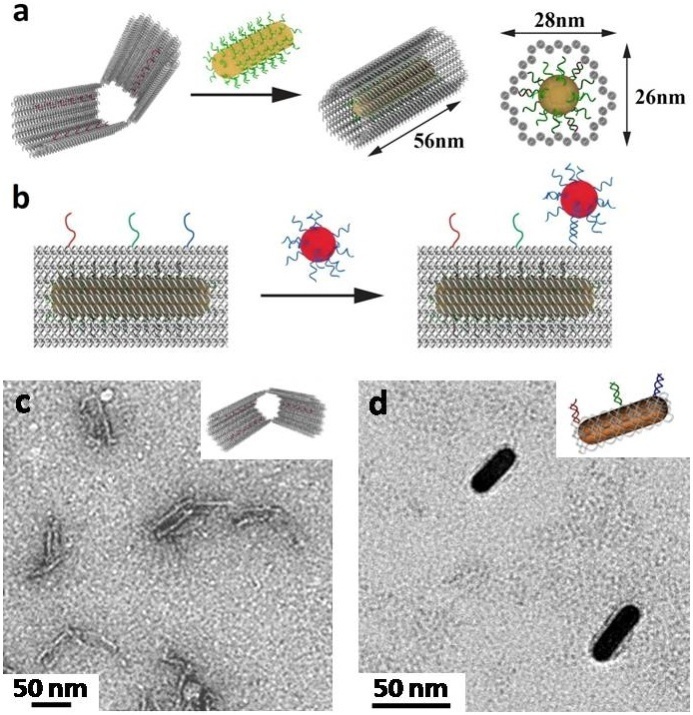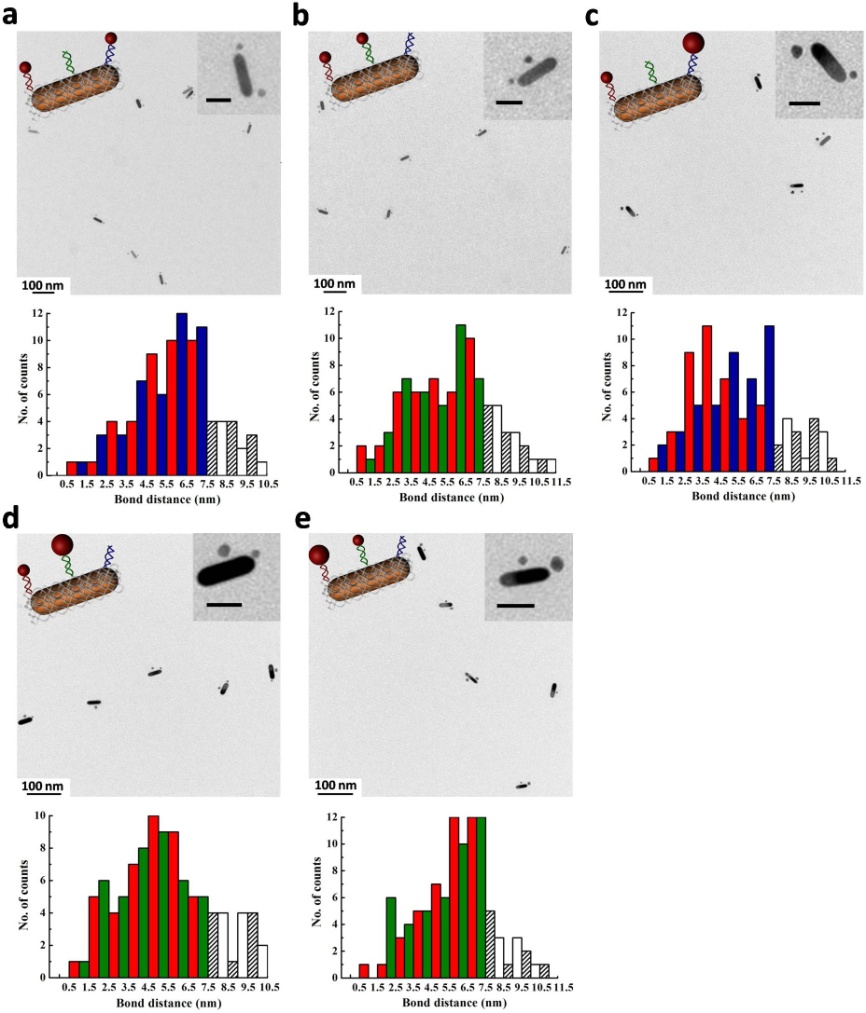Surface functionalities of nanomaterials play a particularly decisive role in regulating their physical and chemical properties, such as biocompatibility and catalytic activity, because of their high surface-to-volume ratios. Therefore, methods for surface modification of nanoparticles have been investigated in depth. Classic surface modification processes isotropically decorate the whole nanoparticle surface, thus creating a single type of surface functionality. In recent years, more efforts have been dedicated to fabricating surface-anisotropic nanoparticles displaying multiple surface functionalities. Nonetheless, these anisotropic functionalization methods still lack the precision needed to manufacture functional nanomaterials with custom-designed individual recognition sites. A new strategy that can generate nanomaterial surfaces with arbitrary single-site modifications could facilitate the construction of new nanomaterials with greater complexity and potentially new functionalities.
Recently, Prof. WANG Qiangbin’s Lab, at Suzhou Institute of Nano-tech and Nano-bionics, Chinese Academy of Sciences, developed a novel strategy to render a gold nanorod (AuNR) with specific surface recognition sites using a DNA origami nanostructure called a “DNA clamp”.
The designed DNA clamp possesses a similar size with the AuNR, with 16 capture strands on the inside faces, causing the DNA clamp to close around the AuNR after hybridization with the complementary DNA strands on the AuNR surface, fully encapsulating the nanorod surface. The DNA-clamp-covered AuNR thus possesses a fully addressable surface. We then introduce three groups of unique capture strands protruding from the outer surface of the DNA clamp, giving the functionalized AuNR three specific recognition sites, located at the top, middle, and bottom of the AuNR surface.
To verify our strategy for site-specific functionalization of the AuNRs, AuNPs conjugated with ssDNA sequences complementary to the three groups of capture strands on the outer surface of the DNA clamp were added to construct a set of well-defined AuNR?AuNP heterostructures with precise spatial configurations. This new approach greatly expands the usage of DNA origami from addressable assembly of functional components to site-specific surface modification of nanomaterials, enabling the rational design and precise fabrication of functional nanomaterials and nanostructures. This work has been recently published inJournal of the American Chemical Society, 2016, 138, 1764-1767.
This work was supported by The National Science Fund for Distinguished Young Scholars.

Figure 1. Scheme showing the process for surface functionalization of a AuNR and TEM images of the DNA nanostructures.(Image by WANG Qiangbin's group)

Figure 2. TEM images of AuNR-AuNP hetero-assemblies with precise spatial configurations.(Image by WANG Qiangbin's group)
Contact information:Prof.WANG Qiangbin
Suzhou Institute of Nano Tech and Nano Bionics ,Chinese Academy of Science
Suzhou,Jiangsu 215125,China.
E-mail:qbwang2008@sinano.ac.cn
downloadFile
